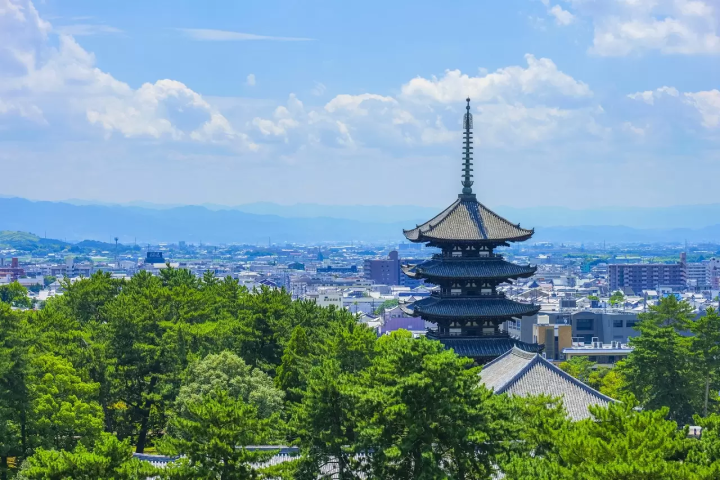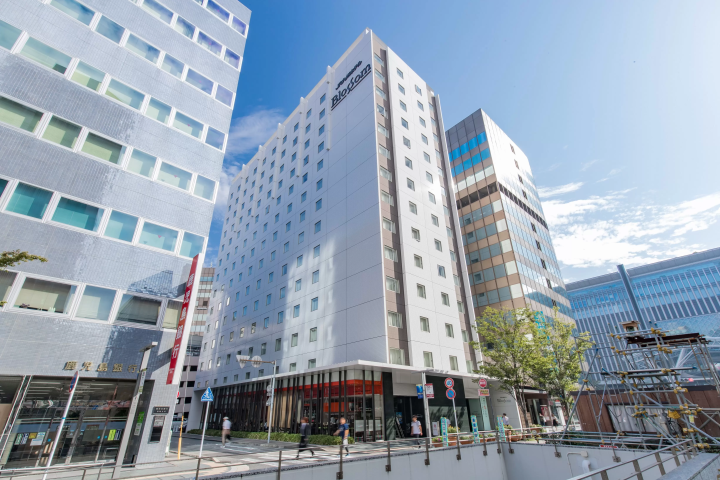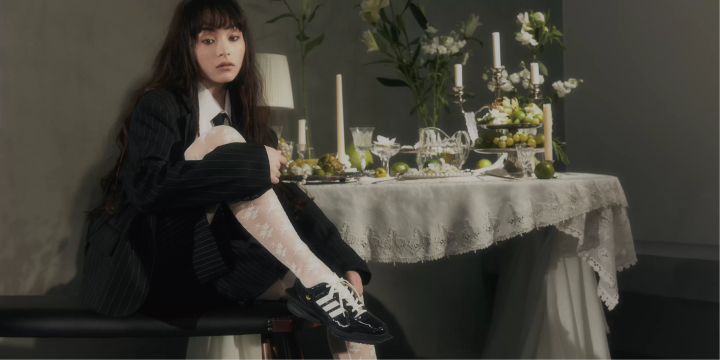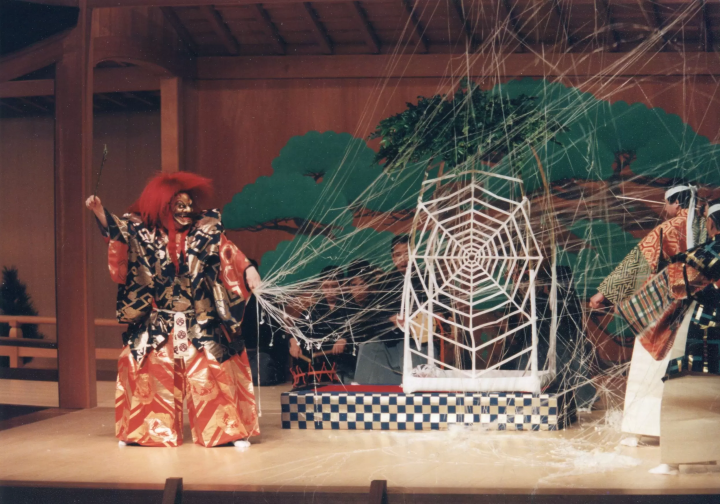[Nara/Asuka Village] Gold-Guide recommends a tour of Asuka Village, Nara, where ancient culture and history live on.
![[Nara/Asuka Village] Gold-Guide recommends a tour of Asuka Village, Nara, where ancient culture and history live on.](https://resources.matcha-jp.com/resize/720x2000/2024/12/11-214637.webp)
We would like to introduce Gold-Guide's recommended Highlight Tour: 1-day Timeless Asuka-mura Village Tour: Ancient Tumuli and Rice Terrace.
1 day (8 hours)
Gold-Guide is a guide matching platform operated by West Japan Marketing Communications Inc., which matches tourists visiting Japan with highly skilled interpreter guides and provides guided tours.
Click here for an overview of Gold-Guide
The tour we are introducing this time is...
1-day Timeless Asuka-mura Village Tour: Ancient Tumuli and Rice Terrace
![[Nara/Asuka Village] Gold-Guide recommends a tour of Asuka Village, Nara, where ancient culture and history live on.](https://resources.matcha-jp.com/resize/720x2000/2024/12/11-214640.webp)
This tour is a sightseeing tour of Asuka Village, a historic town known as the "birthplace of Japan," where the capital was located from the end of the 6th century to the 7th century and where the foundations of the Ritsuryo state system were laid. The tour starts with Ishibutai Tomb. At first glance, this mysterious Kameishi Rock appears to be an ordinary rock, but it stands in Asuka Village as a silent witness to centuries of lore and legend. On the way to the next destination, you will encounter beautiful terraced rice fields that will give you an idea of the Japanese countryside that has been protected since ancient times. At Asuka Historical Park, you can get a glimpse of a bygone era surrounded by ancient ruins and sacred treasures. At the end of the tour, you will visit the Kitora Tomb and Takamatsu Tomb, which are highlights of the area, and feel the footprints of people who have coexisted and protected this land throughout its long history.
After the meet, we will take a taxi to Asuka Village.
Asuka Village is also known as a rice-producing region, and you can see Rice Terraces in various places in the village. We head to the Kitora Tomb while enjoying the unique scenery of Asuka Village.
![[Nara/Asuka Village] Gold-Guide recommends a tour of Asuka Village, Nara, where ancient culture and history live on.](https://resources.matcha-jp.com/resize/720x2000/2024/06/21-184544.webp)
This is the second continental-style mural tomb discovered in Japan after Takamatsuzuka Tomb. It is located on the mountainside heading towards Abeyama beyond the village of Hinomae. It is a two-tiered circular tomb, with the upper tier measuring 9.4m in diameter and the terraced lower tier measuring 13.8m in diameter, with a height of just over 4m for both tiers. There are various theories about the origin of the name, including one that says it was called "Kametora Tomb" because when one peers inside, one can see murals of a turtle and a tiger; another that the name of the place to the south of the tomb, "Kitaura," is a corrupted version of the name; and another that it was named "Kametora" because it is located northwest of Abeyama village in Asuka village, and is associated with the turtle (Genbu) who governs the north and the tiger (Byakko) who governs the west, two of the four gods.
![[Nara/Asuka Village] Gold-Guide recommends a tour of Asuka Village, Nara, where ancient culture and history live on.](https://resources.matcha-jp.com/resize/720x2000/2024/06/21-184559.webp)
This is a two-tiered circular tumulus built between the end of the 7th century and the beginning of the 8th century, dating from the end of the Kofun period, with diameters of 23m (lower tier) and 18m (upper tier) and a height of 5m. Initially, it was estimated to date from the end of the 7th century to the beginning of the 8th century based on bronze mirrors and other remains that had survived tomb raids, but an excavation in 2005 determined that it dates from the Fujiwara-kyo period (694-710). The person buried there has not been identified, and there are three main theories.
The end location of the tour can be changed. Please consult with your guide.
The appeal of Gold-Guide is the excellent guides!
Spots introduced in this itinerary
[Gold-Guide] is a platform that matches tourists visiting Japan with excellent interpreter guides and offers guided tours. We provide memorable guided tours for customers looking for a special experience in Japan. We want to share the charm of Japan with people all over the world.
The contents on this page may partially contain automatic translation.




































![[Yufuin] Picture-Perfect Lake Kinrin: Discovering the Magic of Morning Mist](https://resources.matcha-jp.com/resize/720x2000/2026/01/20-256268.webp)
![[Coupon Available] Celebrate Chinese New Year in Japan! Check out popular sports and golf gear!](https://resources.matcha-jp.com/resize/720x2000/2026/01/20-256114.webp)

